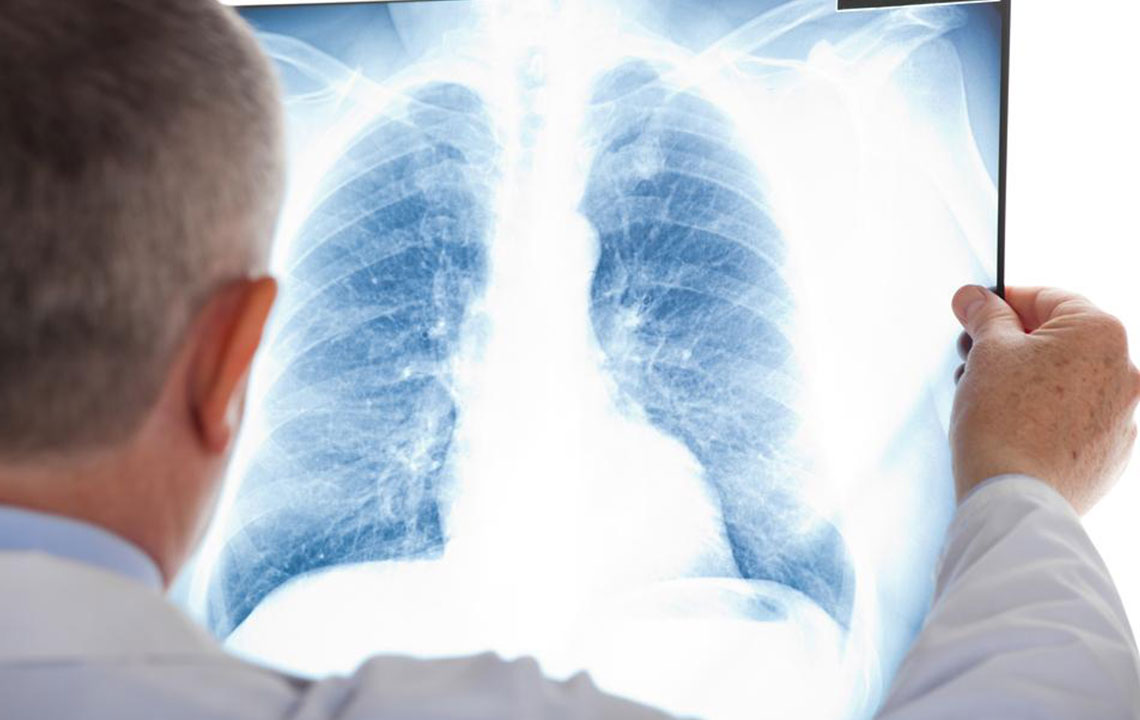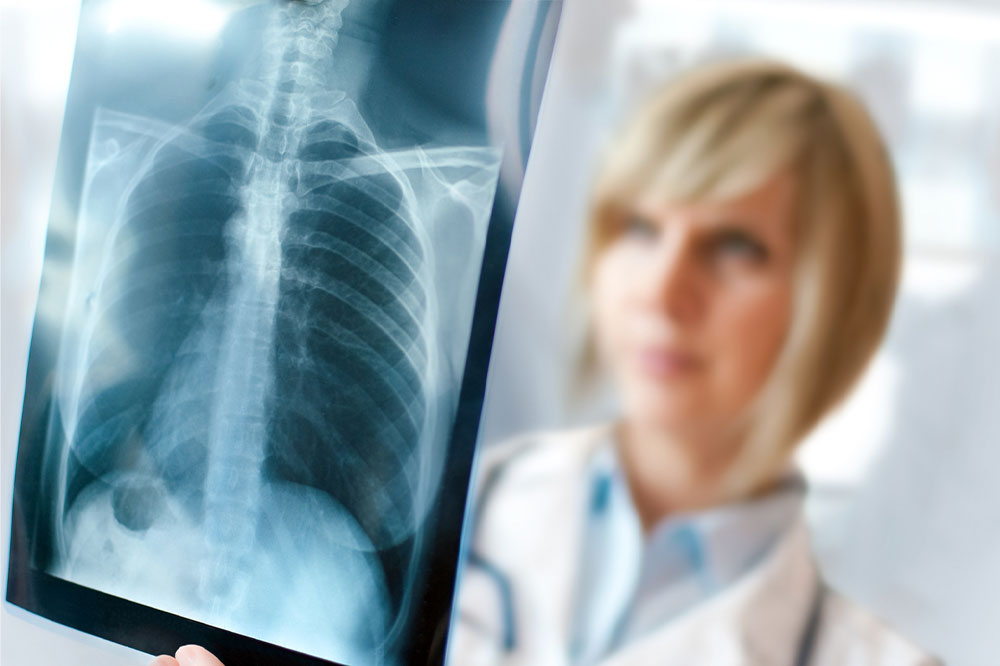Essential Insights into Mesothelioma: Causes, Symptoms, and Treatment Options
Discover key facts about mesothelioma, including its causes, symptoms, and treatment options. Learn how asbestos exposure increases risk and why early diagnosis is vital. This comprehensive overview aims to raise awareness and promote proactive health measures against this aggressive cancer.

Vital Information About Mesothelioma Diagnosis and Management
While many are familiar with cancer, awareness of its specific types remains limited. Mesothelioma is an especially aggressive cancer that originates in the lining of the lungs, abdomen, or heart. Currently, there is no definitive cure, but various treatments aim to alleviate symptoms and slow progression.
What is mesothelioma? It is a deadly cancer primarily involving the lungs. Due to its rapid progression, prognosis for mesothelioma patients is often poor. Treatment options include surgery, radiation therapy, and chemotherapy, but outcomes can vary widely among individuals.
Mesothelioma develops within the tissue linings covering organs, especially affecting the lungs and chest area. Symptoms such as shortness of breath, chest discomfort, fatigue, weight loss, or swelling in the abdomen might indicate mesothelioma. The disease manifests in four main types based on location:
Pleural
Pericardial
Peritoneal
Testicular
What causes mesothelioma?
The primary cause is exposure to asbestos, a group of six silicate minerals. Post-World War II, asbestos exposure increased significantly in America, especially among Navy personnel, Marines, and coast guard members, leading to a rise in mesothelioma cases.
Research indicates that individuals handling asbestos are at higher risk. Regulations now limit asbestos exposure to protect workers. Other causes include chest radiation, use of thorotrast, and inhalation of fibrous minerals like erionite and talc. Because any form of cancer poses a serious threat, early detection and precautionary measures are crucial. Symptoms warrant immediate medical consultation.










